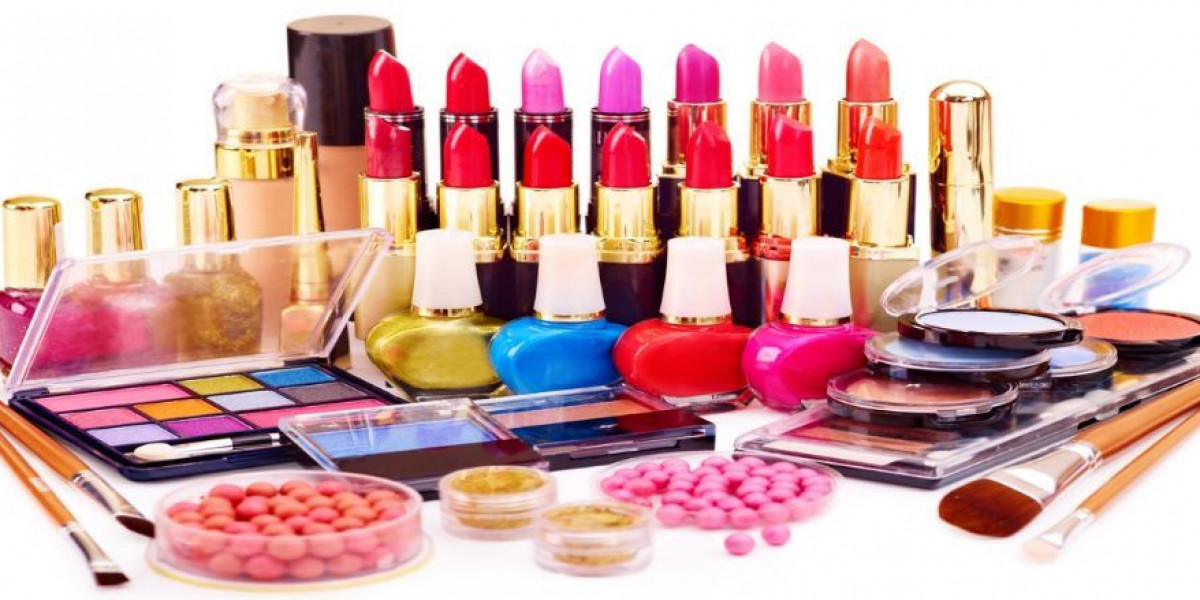The makeup market has undergone a profound transformation with the rise of e-commerce, changing how consumers discover, purchase, and interact with beauty products. Online shopping platforms, direct-to-consumer (DTC) brands, and digital innovations are redefining the industry, making beauty more accessible and personalized than ever before.
1. The Shift to Online Beauty Shopping
E-commerce has revolutionized the beauty industry, allowing consumers to browse and purchase products from the comfort of their homes. The convenience of online shopping, coupled with an increasing number of digital-native brands, has driven the rapid expansion of the makeup market in the digital space. Traditional brick-and-mortar stores are adapting by enhancing their online presence to stay competitive.
2. The Rise of Direct-to-Consumer (DTC) Beauty Brands
Many cosmetic companies are bypassing traditional retail channels and selling directly to consumers through their websites and social media platforms. Brands like Glossier and Kylie Cosmetics have successfully built loyal customer bases by leveraging digital marketing, social media engagement, and influencer collaborations. This shift allows brands to control their messaging, pricing, and customer experience more effectively.
3. Virtual Try-On Technology and AI-Powered Recommendations
Advancements in artificial intelligence (AI) and augmented reality (AR) have enhanced the online beauty shopping experience. Virtual try-on tools enable consumers to test different makeup products in real-time using their smartphones, reducing hesitation and increasing confidence in online purchases. AI-powered recommendation engines also analyze user preferences and suggest personalized products, improving customer satisfaction.
4. Social Commerce and Influencer Marketing
Platforms like Instagram, TikTok, and Pinterest have become key drivers of beauty sales through social commerce. Consumers rely on influencer reviews, tutorials, and user-generated content to make purchasing decisions. Social media platforms now offer integrated shopping features, allowing users to buy products directly through posts and live streams, streamlining the buying process.
5. Subscription Boxes and Personalized Beauty Services
The rise of beauty subscription boxes, such as Ipsy and Birchbox, has changed how consumers discover new products. These services offer personalized selections based on user preferences, providing a curated and convenient experience. Customization and sample-size products allow brands to engage consumers while increasing brand loyalty and repeat purchases.
6. The Future of E-Commerce in the Makeup Market
As technology continues to advance, the future of online beauty shopping will likely include even more personalized and immersive experiences. AI-driven skincare consultations, voice-activated shopping, and blockchain for product authenticity verification are some of the innovations on the horizon. Sustainability will also play a crucial role, with brands focusing on eco-friendly packaging and responsible e-commerce practices.
Conclusion
The rise of e-commerce has reshaped the makeup market, offering consumers convenience, personalization, and a wealth of options. Brands that embrace digital innovation, social commerce, and AI-driven personalization will continue to thrive in the evolving beauty landscape. As online shopping becomes the dominant mode of purchasing cosmetics, the industry must adapt to changing consumer expectations and technological advancements.
Read more https://www.pristinemarketinsights.com/makeup-market-report







